
Great Apes: All 4 Gorillas Subspecies
Gorillas
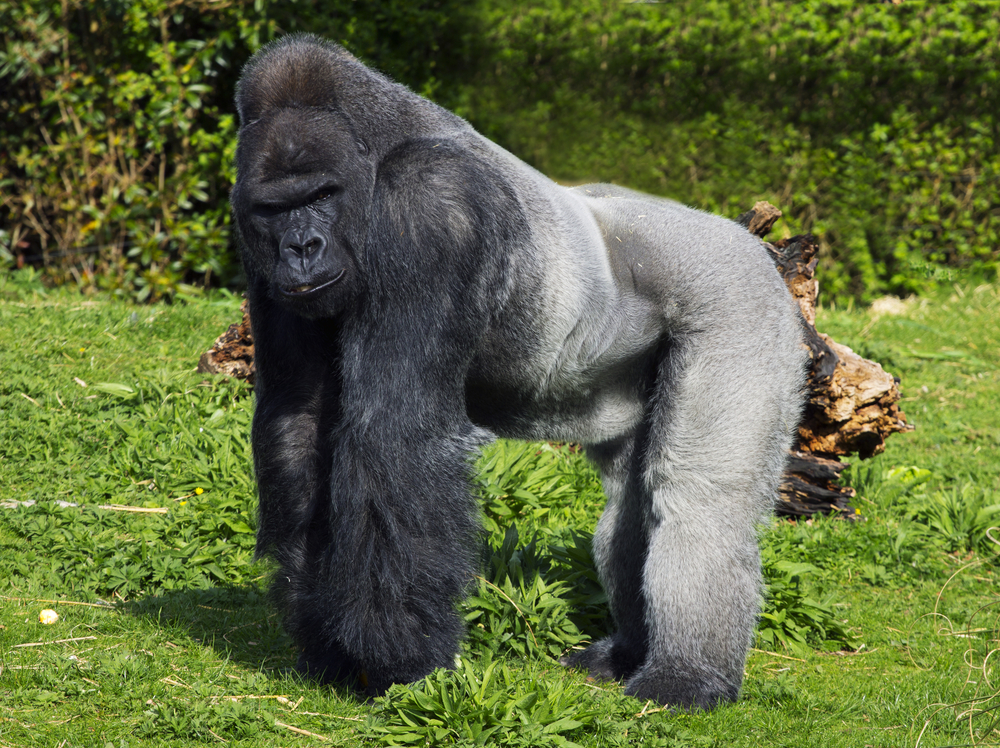
Gorillas are the largest of the primates and are close genetic relatives of chimpanzees and humans.
Gorillas are ground dwellers that are found mostly in the tropical forests of Africa. There are two gorilla species (Gorilla gorilla and Gorilla beringei) and four subspecies, all of which endangered in the wild.
Here are the four subspecies of gorilla. Learn more facts about gorillas here.
Mountain Gorillas (G. beringei beringei)
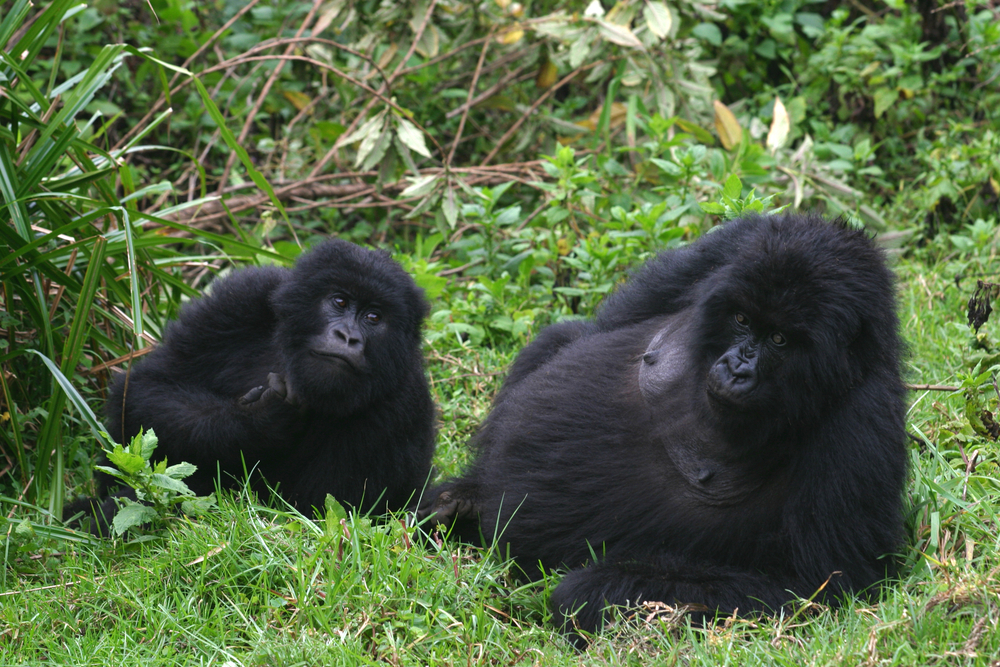
The mountain gorilla can be found around the Virunga volcanoes in high-altitude tropical forests in Rwanda, Uganda and Democratic Republic of the Congo.
They have longer, thicker fur than the other subspecies, which helps them live in colder temperatures.
Mountain gorillas are critically endangered, with fewer than 800 individuals thought to be left in the wild.
Western Lowland Gorillas (G. gorilla gorilla)
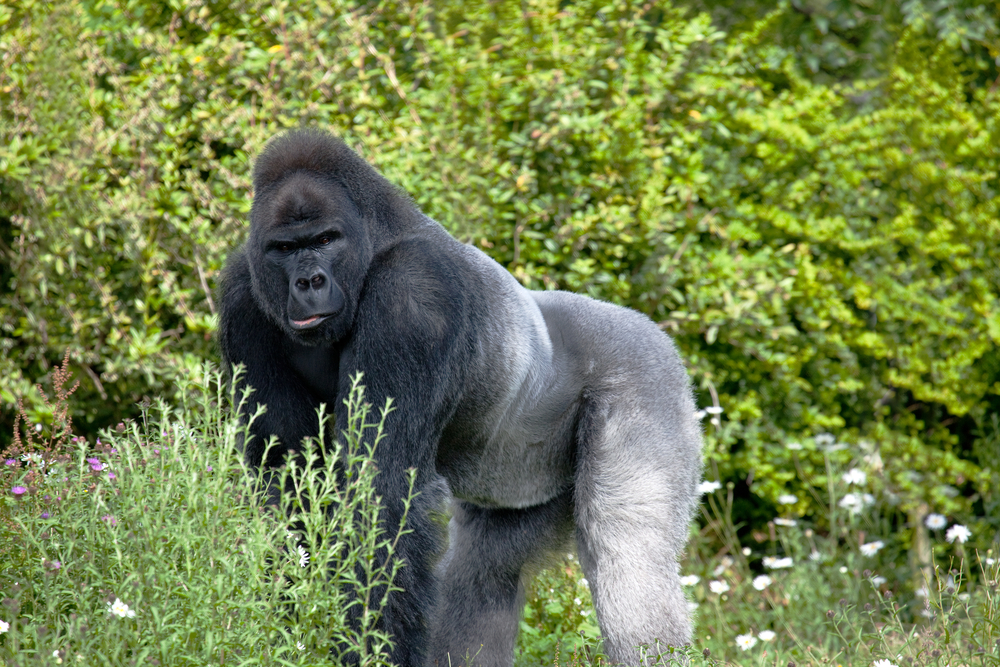
The western lowland gorilla can be found in Cameroon, Central African Republic, Gabon, Congo and Equatorial Guinea.
They often have redder and greyer fur than their eastern relatives.
Though they are more numerous than the other subspecies, they are listed as critically endangered because of threats from habitat destruction, human encroachment, hunting for bushmeat and the spread of the Ebola virus.
Eastern Lowland Gorillas (G. beringei grauri)
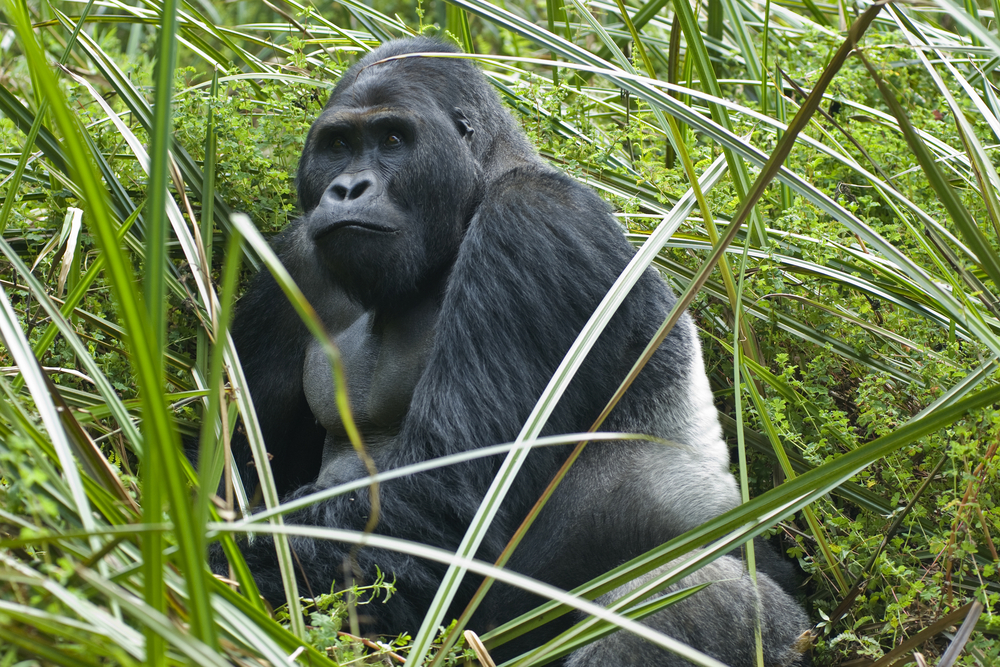
The eastern lowland gorilla can be found in Democratic Republic of the Congo.
They are the largest of the gorillas subspecies. They are similar to mountain gorillas, but have shorter fur, narrower faces and rounder nostrils.
They are listed as endangered with fewer than 5,000 individuals in the wild.
Cross River Gorillas (G. gorilla diehli)
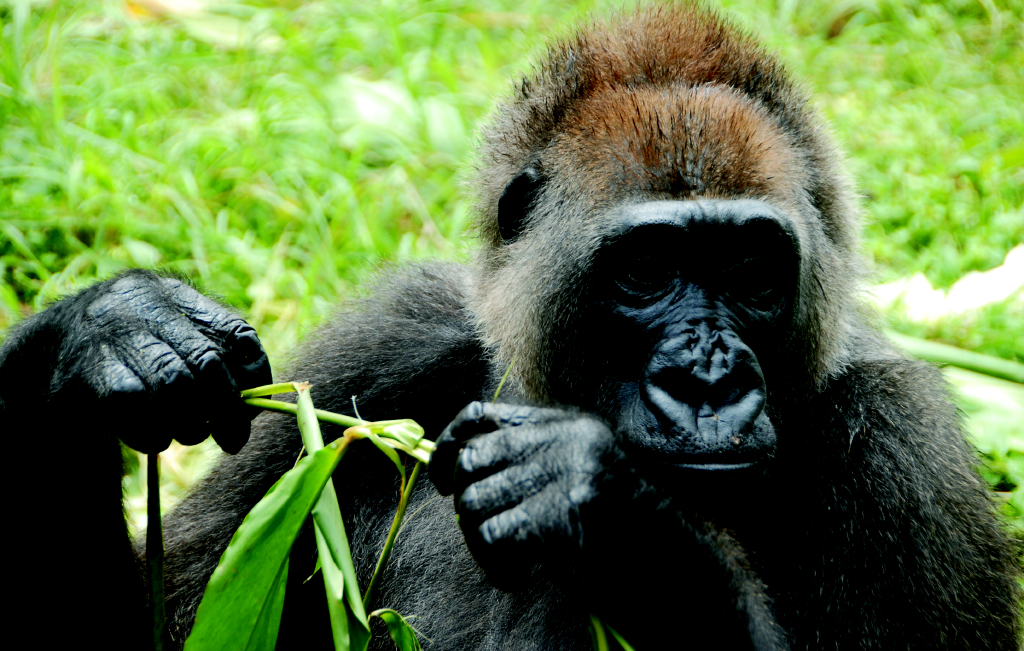
The Cross River gorilla is the world's rarest great ape, with fewer than 300 individuals surviving in the wild. They are found in a small area between Nigeria and Cameroon.
They have differently shaped skull from western lowland gorillas, but are also redder and greyer and than the eastern subspecies.
They are the most elusive and hardest to study gorilla.
Sign up for the Live Science daily newsletter now
Get the world’s most fascinating discoveries delivered straight to your inbox.










